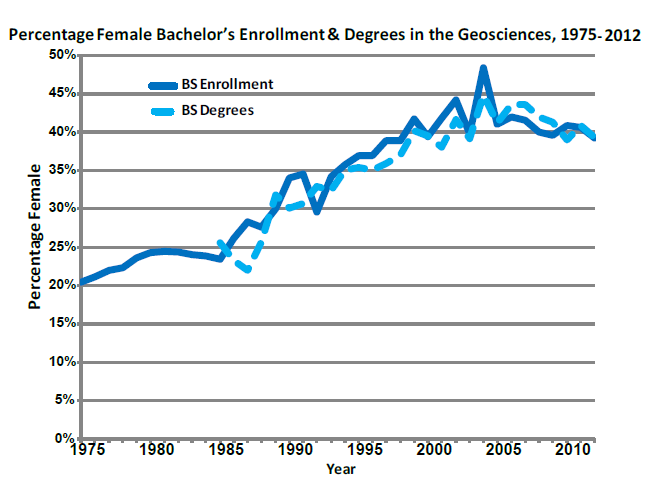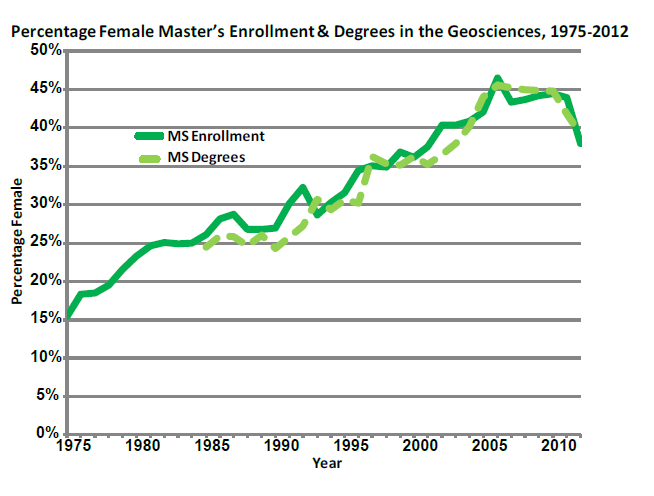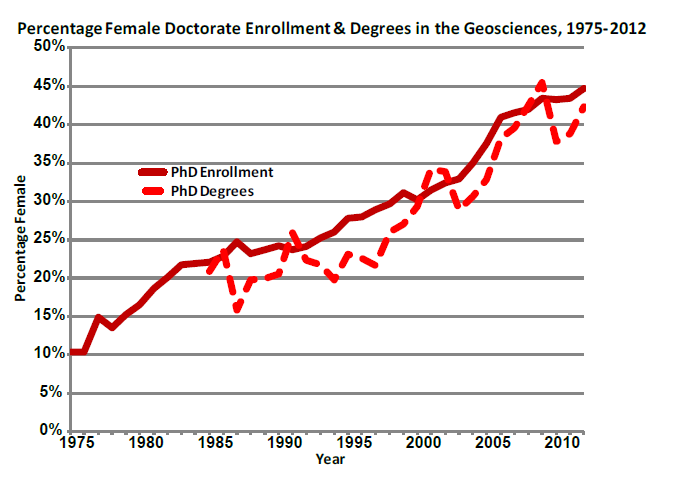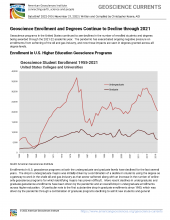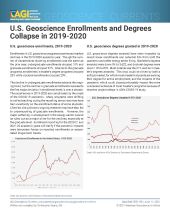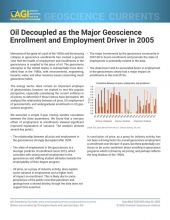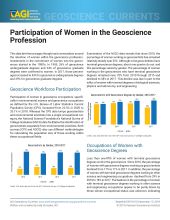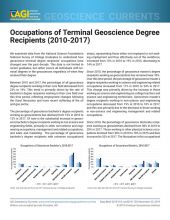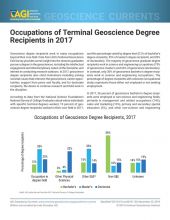In 2011-2012, the percentage of U.S. geoscience students and graduates who were women dropped sharply at both the Bachelor’s and Master’s level, but grew slightly at the Doctorate level.At the undergraduate level, female participation rates are at their lowest since the late 1990’s, while Master’s participation rates fell sharply to below 40% for the first time since 2001. Doctorate levels continued their steady climb, rising to 45% in 2012. These numbers stand in contrast to the 57% of all U.S. undergraduates and 58% of all U.S. graduate students that are female.
Percentage of female enrollment and degress in the geosciences by degree level (1975-2012).
The specific causes of the declines are unknown, but it does appear that a cohort of high-female participation is moving through the system, with Bachelor’s peaking at 49% in 2004, Master’s at 47% in 2006, and likely the Doctoral level nearing a possible peak of 45% in 2012. The next two years should indicate if this mid-2000’s surge was simply a unique cohort and if this is a new systemic problem for the geosciences.
A couple potential issues can be speculated for the change in female participation. First, the steady rise of participation may have been a result of systematic programs that encourage women to enter STEM fields terminating in the mid-2000’s. We are unaware of specific programs that fit this behavior, but AGI is investigating the possibility. In addition, the sharp drop in female Master’s participation in 2011-2012 is commensurate with the 44% increase in new Master’s awarded during the year, and based on the regional distribution, is likely related to the strong growth in the energy industry in the United States. It is clearly possible that these career paths are more attractive to men than to women as an incentive to enter a geoscience graduate program for a Master’s degree


